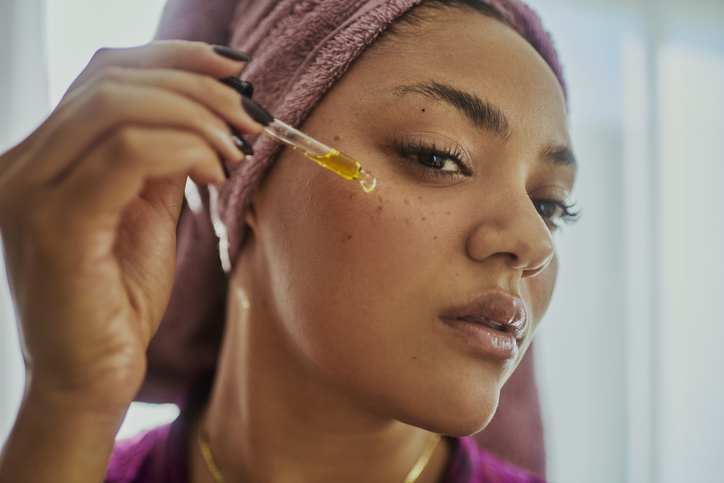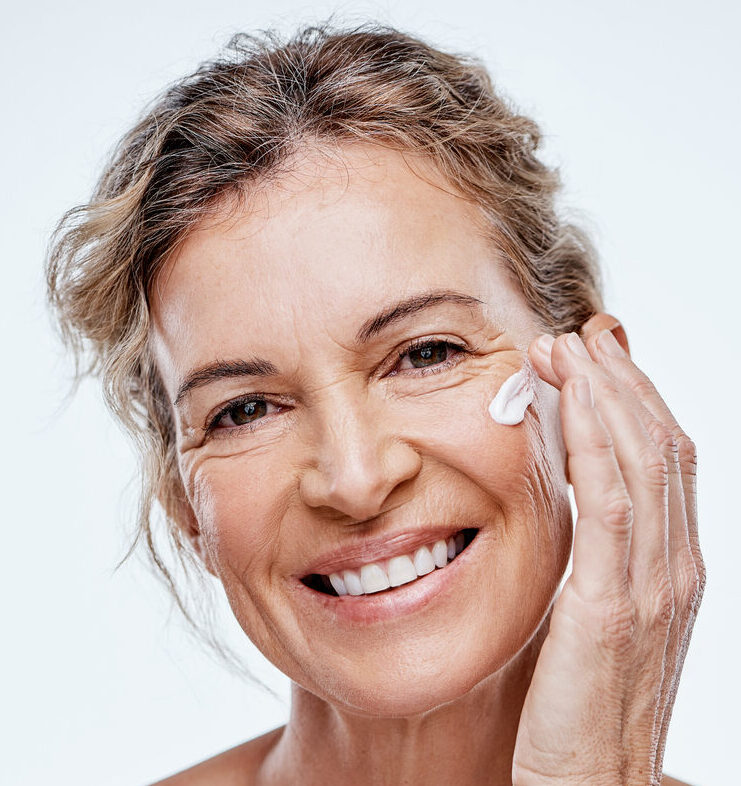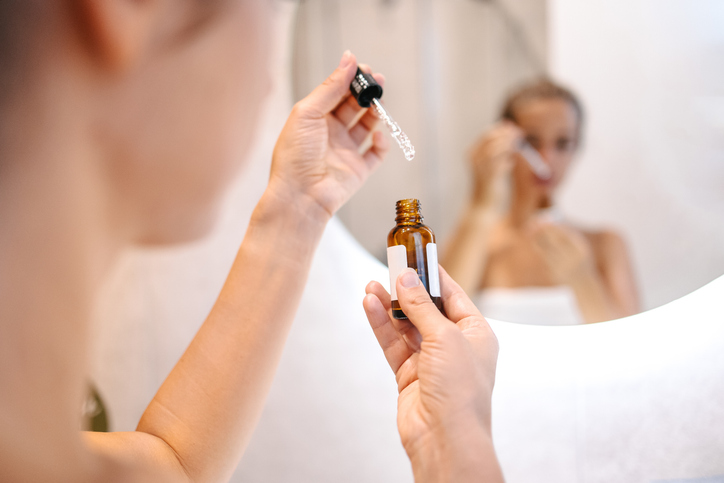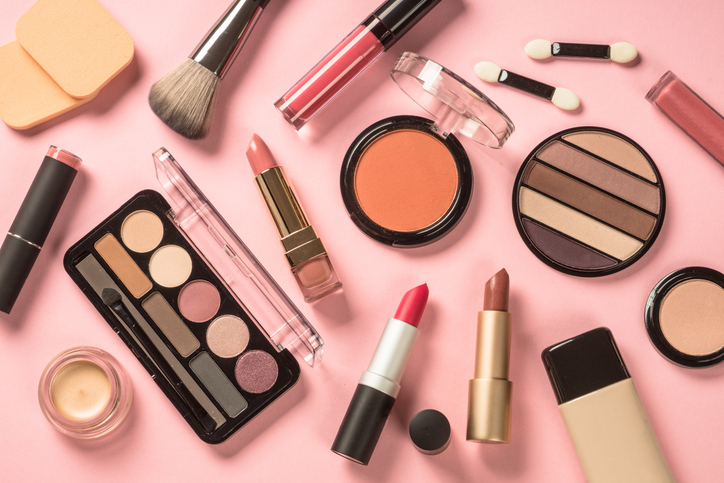Our skin changes with age; in our 30s, 40s, and older years, fine lines begin…

Common Skincare Prescriptions for Acne – And How They Work
Acne can be a challenging issue to tackle, whether you’re in your teens or adulthood. While over-the-counter products can be helpful, stubborn breakouts often require a more targeted approach. This is where skincare prescriptions for acne come in, offering stronger, dermatologist-recommended solutions to get acne under control and prevent scarring. If you’re struggling with acne and looking for a professional treatment plan, Vargas Face and Skin provides personalized skincare to help you find the most effective solutions for your skin type and goals.
In this guide, we’ll explore some common causes of acne, when it’s time to seek professional help, and the most popular prescription treatments available. Plus, we’ll discuss alternative options that can support your skincare journey.
Knowing the Causes and Triggers of Acne
What Causes Acne?
Oily skin and clogged pores aren’t the only causes of acne; both internal and exterior factors can have an impact:
- Diet: Foods heavy in sugar and dairy can cause acne by altering hormone levels and inflaming the skin. Cutting back on these meals might help some people’s skin become clearer.
- Hydration: Proper hydration is crucial for healthy skin. Dehydrated skin may generate extra oil to compensate, which can clog pores and cause breakouts.
- Gut Health: Since inflammation in the gut can manifest as acne, a balanced gut can result in healthier skin. Taking a probiotic supplement or eating foods high in probiotics can be helpful.
- Skincare Routines: Maintaining clear skin requires regular cleansing, hydration, and mild exfoliation. However, strong products or irregular habits might occasionally aggravate acne by irritating the skin.
When Should You Seek Help?
If you’re dealing with painful or persistent breakouts, cystic acne, or scarring, it’s worth seeing a dermatologist. Also, professional guidance can make a big difference if you’ve tried over-the-counter products for a few months with minimal results. A dermatologist can prescribe treatments that address your specific skin needs, helping you achieve clearer, healthier skin.
Common Skincare Prescriptions for Acne and How They Work
When over-the-counter treatments aren’t effective, prescription treatments can offer powerful solutions for managing acne. Here’s a look at some of the most common options:
1. Topical Retinoids
Examples: Tretinoin, Adapalene
How They Work: Retinoids are derived from vitamin A and work by increasing cell turnover, which helps keep pores clear and reduces inflammation. They are particularly effective for treating blackheads and whiteheads and can improve skin texture.
Common Side Effects: Retinoids can cause some dryness, peeling, and increased sensitivity to sunlight. Starting with a small amount and following up with a moisturizer can help minimize irritation. A dermatologist will guide you in using the right concentration for your skin.
2. Topical Antibiotics
Examples: Clindamycin, Erythromycin
How They Work: Topical antibiotics kill acne-causing bacteria and reduce inflammation. They are often combined with other treatments, like benzoyl peroxide, to prevent bacterial resistance.
Common Side Effects: Some people may experience mild irritation, but combining antibiotics with gentle skincare products can reduce this.
3. Oral Antibiotics
Examples: Doxycycline, Minocycline
How They Work: Oral antibiotics work from the inside out to reduce inflammation and target acne-causing bacteria. They’re often prescribed for more severe cases, like cystic acne.
Common Side Effects: Sun sensitivity and occasional stomach upset. Dermatologists prescribe oral antibiotics for short-term use to avoid resistance and side effects.
4. Oral Retinoids
Example: Isotretinoin (Accutane)
How It Works: Isotretinoin is a powerful treatment often used for severe acne that hasn’t responded to other treatments. It works by shrinking oil glands, reducing oil production, and preventing clogged pores.
Common Side Effects: Dry skin, lips, and eyes, and the potential for more severe side effects, so close monitoring by a dermatologist is essential. It’s typically reserved for the most persistent cases of acne.
5. Hormonal Treatments
Examples: Birth control pills, Spironolactone
How They Work: These treatments regulate hormones that may be causing acne, particularly in women. Birth control pills help balance hormones, while Spironolactone blocks androgen hormones, which can reduce oil production.
Common Side Effects: These may include menstrual changes or mild weight gain. Because of their hormone-related effects, these treatments are generally only prescribed to women.
Alternative and Supportive Treatment Options for Acne
Whether you’re looking for additional ways to support your prescription treatments or prefer a different approach, here are some alternative options that can help with acne management.
1. Over-the-Counter Options
- Salicylic Acid and Benzoyl Peroxide: Salicylic acid helps exfoliate inside pores to reduce clogging, while benzoyl peroxide kills bacteria and reduces inflammation. Both are great options for mild to moderate acne.
- Azelaic Acid: Known for its anti-inflammatory and skin-brightening properties, azelaic acid is effective against acne and post-acne marks.
2. Natural and Lifestyle-Based Approaches
- Dietary Adjustments: Reducing sugary or processed foods and limiting dairy may help reduce breakouts for some people.
- Probiotics: Gut and skin health are linked, and probiotics may help reduce inflammation. Foods like yogurt, kimchi, and kombucha introduce beneficial bacteria that support a balanced gut.
- Stay Hydrated and Rested: Drinking enough water and getting quality sleep are two basic but effective ways to support skin health.
3. Professional Skin Treatments
- Chemical Peels and Laser Therapy: Chemical peels help exfoliate the outer layers of skin, reducing clogged pores. Laser therapy can target acne-causing bacteria and improve skin texture.
- Microneedling: This treatment, often used for acne scars, involves tiny needles that stimulate collagen production, reducing the appearance of scars and improving skin texture.
When to Consider a Skincare Prescription for Acne
If over-the-counter products aren’t delivering results, or if you’re dealing with frequent or severe breakouts, a skincare prescription could be the solution. Prescription treatments target acne more effectively by addressing its root causes and providing long-term relief. A consultation with a dermatologist, such as the Vargas Face and Skin team, can help create a personalized treatment plan tailored to your skin’s unique needs.
Consistency is key with these treatments, as it can take weeks to months to see full results. With a dermatologist’s guidance, you’ll receive expert advice to maximize the benefits of prescription products while avoiding potential side effects.
Take Your Next Steps Today
When acne persists or affects your confidence, prescription skincare options can offer much-needed relief. From retinoids and antibiotics to hormonal treatments, there’s a wide range of effective solutions that can target acne at its source. If you’re ready to take control of your skin and explore prescription options, Vargas Face and Skin offers professional, personalized care that can make a real difference.
For more information on how to achieve clearer skin and build a skincare plan that works for you, schedule an appointment with Vargas Face and Skin today!







